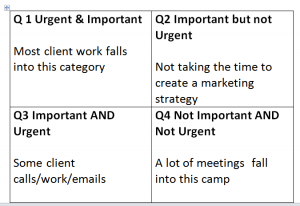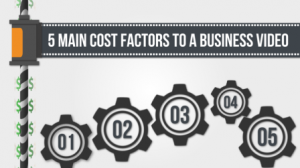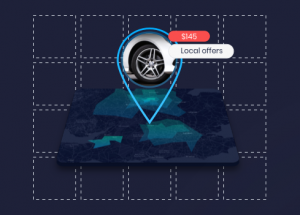— September 28, 2017
Sick and tired of work routine? Recharge your batteries and SEO skills with our “Coffee time SEO” post! Our today’s topic is about some basic tasks that are worth your time before the website promotion starts. These easy steps might help you avoid serious problems in the future.
Page loading speed

SneakyElbow / Pixabay
Why?
1-second delay in a page response can result in a 7% reduction in conversions
In fact, TOP-level websites are loading in under 1 second. If your speed is 3-4, you can count on only 20% of clicks. Others will leave without waiting for a response from your page. As a result, you lose the search engine’s trust as well as the trust of potential customers.
What should you do?
1. Test a page loading speed via Pingdom, Google PageSpeed insights or WebPageTest.
2. Ask the hosting provider to enable the HTTP data compression in order to reduce the page weight. Use HTTP Compression Test to evaluate the effect.
3. Compress images without losing quality using tools like Compressor.io and TinyPNG.
4. Need to speed it up more? Ask your web developer to make changes to the webpage code.
404 and other scary numbers

Why?
TechCrunch has increased the traffic by 9% after optimizing their 404 page
Google stated that the 404 page is no longer indexed, but trust us it is. We’ll cover the details of the 404 page optimization in the next article but for now, we have few tips on how to make them work on your conversion.
What should you do?
1. Don’t be rude, apologize for the inconvenience.
2. Add links to the main page, top categories, and content.
3. Keep visitors on your website longer: add your contacts.
Metadata
Why?
Half of all search queries are 4+ words
Actually, good metadata attracts search engines as well as visitors. The more informative your SERP snippet is, the more clicks you get.
What should you do?
1. Use all that’s allowed: Title contains up to 70 characters, Description — up to 150.
2. Remember, snippets may differ on the desktop, smartphone, tablet.
3. Be careful with special characters. Some search engines may not index such snippets.
Duplicate Pages

Clker-Free-Vector-Images / Pixabay
Why?
47% of site audits reveal duplicate pages and meta tags
Duplicate pages can confuse search engines, reduce your positions and be filtered out of an index.
What to do?
1. Look for duplicate pages using website audit or on-page SEO audit.
2. Set up (in case of pagination) or overwrite the duplicate pages, content or meta tags.
3. Glue doubled pages or block them in Robots.txt.
Sitemap.xml

Free-Photos / Pixabay
Why?
Crawlers index page with a map 5 times faster
No doubts search engines are intelligent but they have to spend a lot of time to find the needed data on your site. Accelerate this process to get a good place in SERP.
What should you do?
1. Create an index map in xml-sitemaps.com or Screaming Frog.
2. Embed an image and other maps.
3. Add the indexation date, priority and update frequency.
4. Add your map to Google Webmasters.
Robots.txt
Why?
95% of issues on site indexation will disappear with properly configured robots.txt
What should you do?
1. Test your robots.txt using the on-page SEO audit.
2. Specify pages and sections of the site that should and should not be indexed by search engines.
3. Add the main mirror and sitemap.xml data.
Contacts
Why?
44% of visitors will leave the site if there’s no contact information or phone number
What to do?
1. Add your business phone numbers and a call center schedule.
2. Specify email and store addresses.
3. Local phone numbers are essential for local SEO.
4. Don’t forget to create your account on Google Maps and Google My Business.
After that, you can start the off-site promotion and monitor your positions.
Digital & Social Articles on Business 2 Community
(59)






